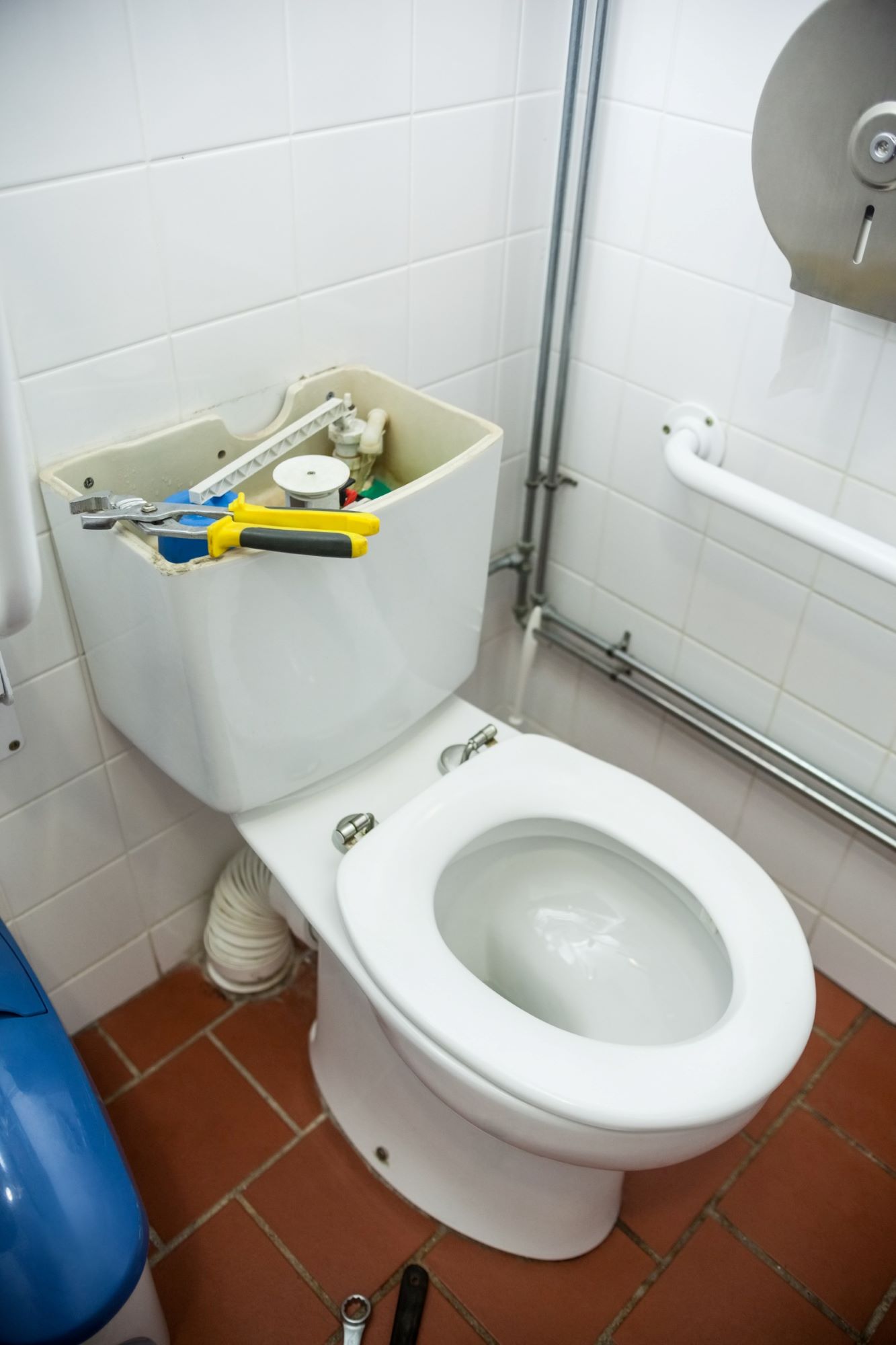Plumber in Winslow
Mountain High Plumbing has had the privilege of proudly serving our Winslow neighbors since 1994. We take pride in our humble beginnings as a family-centered plumbing company, founded and run by Jim Velez, Sr., his wife Alana, and their son Jimmy. Leveraging the diverse skill sets of Jim Sr. and Jimmy, our local, family-owned business ensures a consistent delivery of high-quality service to our customers. Mountain High Plumbing makes customer satisfaction our top priority.
Our established Winslow plumbing company has solidified its reputation for excellence by upholding our core values daily. We provide top-tier workmanship supported by years of experience, and our competitive pricing distinguishes us in the industry. Our team includes bonded, insured, and licensed plumbers known for their trustworthiness and dependability. They are seasoned and dedicated professionals, which is evident in every plumbing service we deliver. When you contact our Winslow plumbing service, you'll quickly learn why we are the premier plumbing business in Northern Arizona - so don't hesitate to call us today!
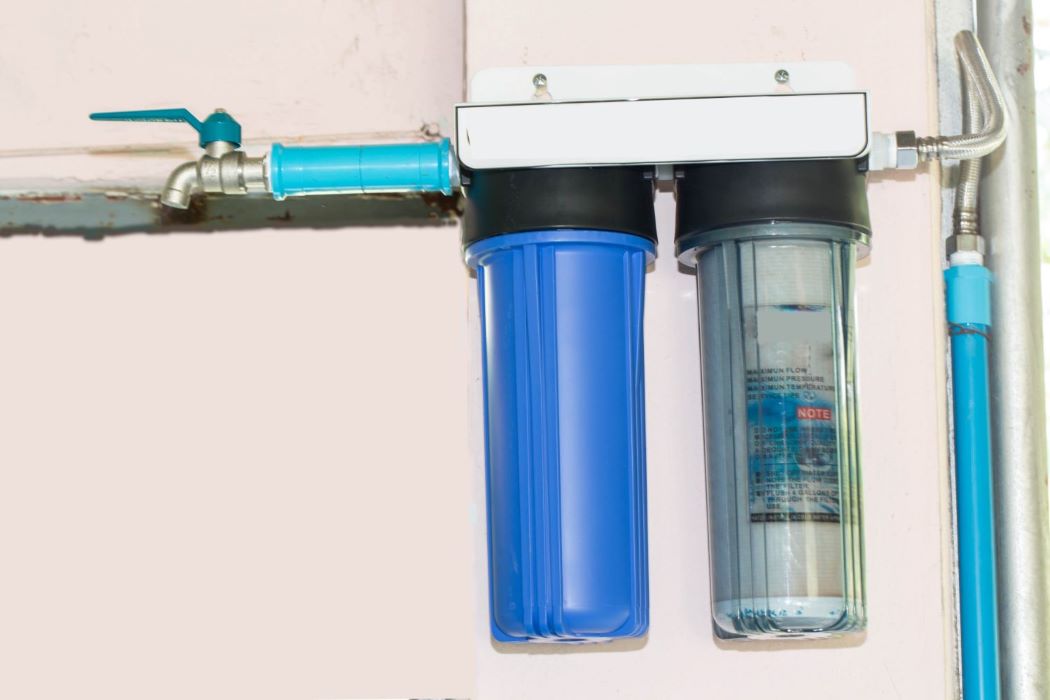
All About Whole Home Water Filtration
Municipal water undergoes a series of treatment processes, which include pre-filtration, copper-zinc KDF, and activated carbon treatment, to guarantee its safety. Home water filters are essential for removing various contaminants, such as hard minerals, heavy metals, and chemicals. Filtered water improves health while also extending the life of appliances, faucets, and piping.
Opting for a whole-house water filtration system is a smart move with a host of benefits. It guarantees access to clean, delicious drinking water, alleviating worries about contamination and reducing expenses on bottled water, all while lessening plastic waste. Additionally, this filtration system effectively prevents limescale and mineral buildup, reducing the risk of plumbing issues and expensive repairs. Say farewell to skin irritations, reduce soap usage, and relish in softer, cleaner clothes. In a nutshell, investing in a whole-house water filtration system elevates your quality of life, enhances your environmental friendliness, and proves to be cost-effective.
The Top 5 Most-Used Plumbing Pipe Materials
PEX Pipes
PEX piping offers versatility with its three distinct colors, each designed for specific uses: white for all water temperatures, red for hot water, and blue for cold water. Our skilled local plumbers value PEX piping for its exceptional durability, flexibility, and practicality, making it suitable for a wide range of applications. This material is not only robust and cost-effective, but also easily expandable to accommodate various plumbing needs.Cast Iron Pipes
This piping material is considered outdated due to several drawbacks, including its gradual deterioration, propensity to cause expensive problems for homeowners, rapid corrosion, and eventual sewer backups. It was once a prevalent choice due to its durability, damage resistance, and convenience, which is why our plumbers near you often encounter it in sewage drain lines of homes constructed in the 1970s and 1980s.PVC Pipes
PVC is typically preferred over galvanized steel piping because it is more cost-effective and durable. It's frequently utilized for waste lines, though it is not the most suitable option for high-pressure water applications.CPVC (Chlorinated Polyvinyl Chloride) Pipes
CPVC pipes come with certain limitations. They cannot withstand high temperatures, making them unsuitable for places with temperature variations. They come at a price nearly double that of standard PVC options, and their brittleness is another downside. However, despite these shortcomings, this durable and robust polymer remains easy to install and non-corrosive, surpassing copper piping in those ways.Copper Pipes
Copper pipes, which are noted for their amazing longevity, simplicity of cutting, and chemical stability, are commonly used in domestic fixtures such as showers, tubs, and sinks - but at a higher cost than alternatives. They are often used for water lines in homes.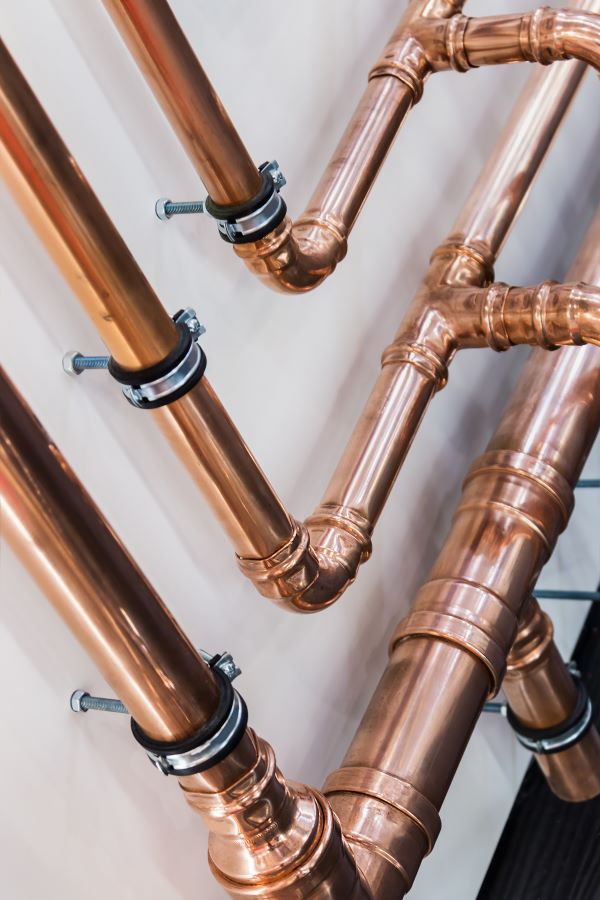
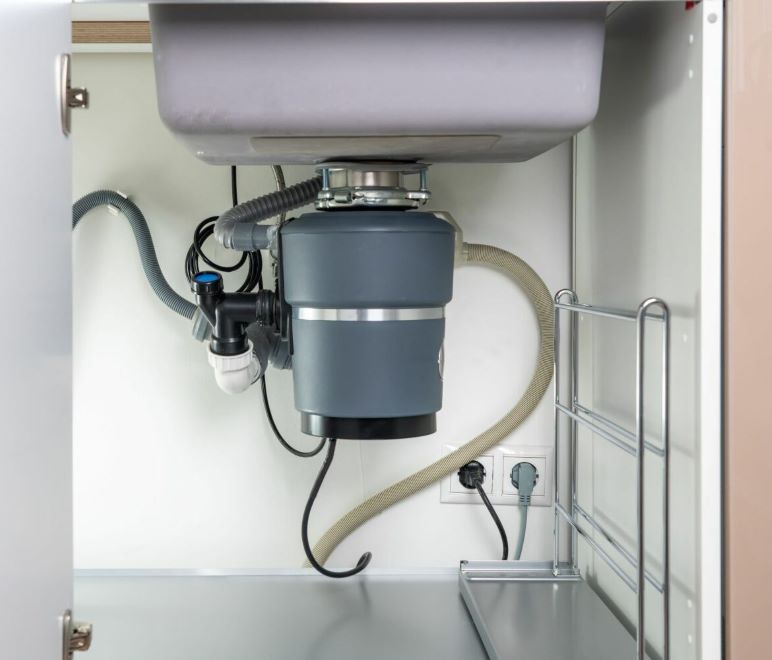
Garbage Disposal Installation
Here's our professional process for installing garbage disposals:- Safely turn off the circuit breaker and handle electrical wiring with care.
- Install the drain flange.
- Mount the ring and gasket.
- Secure the disposal into place.
- Use pipe connectors to attach the discharge pipe (P-trap) to the disposal outlet.
- Thoroughly tighten all fasteners at plumbing and mounting connection points, then verify that there are no leaks by testing the disposal and faucet.
How can pipes be insulated?
Since every home has a unique plumbing layout, your plumbing contractor will start by assessing the most suitable method for insulating your pipes. This frequently includes choosing a suitable insulating material (which may also include heat cables or heat tape) to protect pipes in crawl spaces, unheated attics, or exterior walls. When you reach out to our plumbing service in Winslow and implement these solutions, your pipes will be effectively ready to withstand chilly temperatures, thus minimizing the risk of freezing or bursting.How can I thaw my frozen pipes?
Before attempting to thaw your own pipes, it’s important to note that there are certain risks involved - water damage, cracks or melting if plumbing is overheated, and more. If you find yourself uncertain about your ability to safely thaw the pipes or if you suspect that a pipe may have already cracked or burst, we strongly urge you to contact our 24/7 plumber immediately at (928) 774-3593. You can also attempt the suggestions below, but if the plumbing problem isn't remedied by these methods, you should call an emergency plumber. Rest assured, Mountain High Plumbing is honored to provide assistance during your time of need.- Discuss the situation with your neighbors. If they are experiencing similar issues, it might indicate a water main break rather than frozen pipes.
- Shut off the main water supply.
- Open all faucets in your home.
- Carefully use a blow dryer to warm the pipes, ensuring you avoid any flammable materials.
- Slowly turn the water supply back on and carefully assess the situation. Look for pooled water, as it could be a sign of a cracked or burst pipe, as well as any visible cracks or leaks.
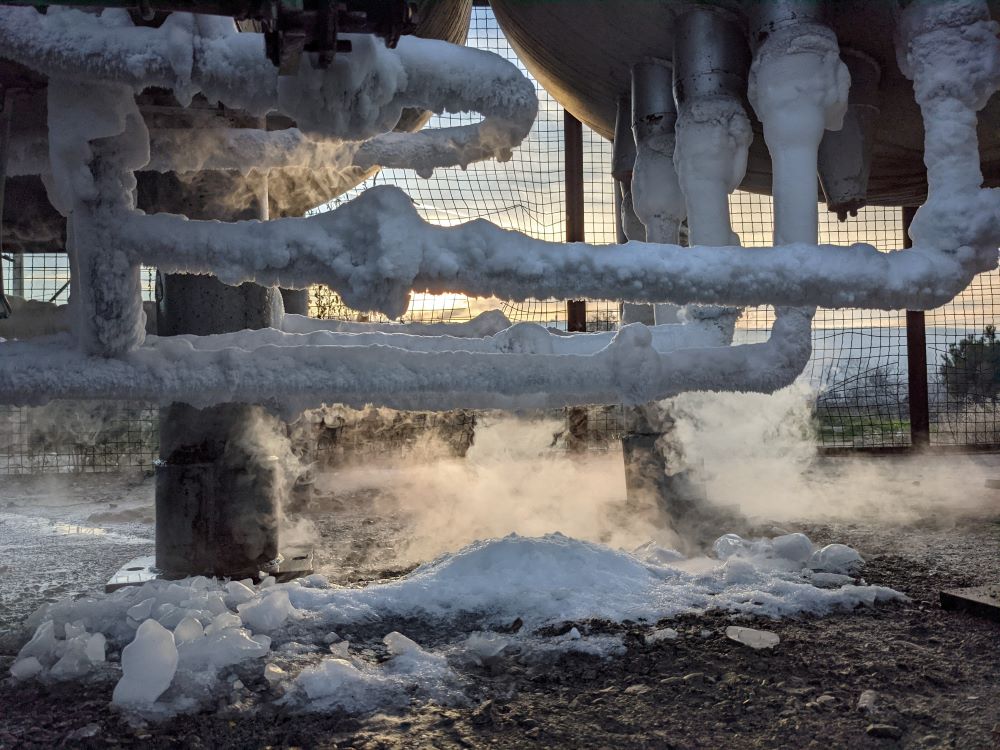
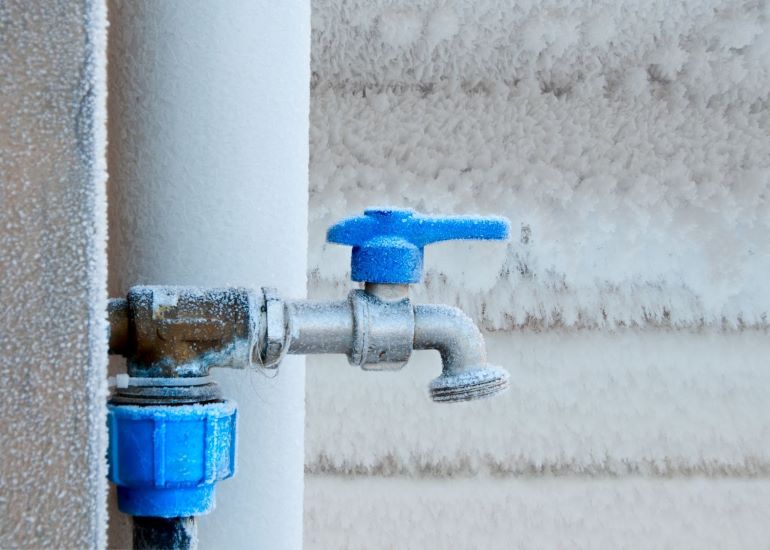
Dealing with Frozen Pipes
What proactive steps can prevent frozen pipes?
Taking certain precautions can significantly reduce the risk of frozen pipes and the associated issues. Our insured plumbers advise leaving the cabinet doors under your sinks open and keeping the indoor temperature at 55 degrees or higher to maintain warm pipes. Before the cold weather arrives, be sure to shut off outdoor spigots and drain the lines. Regularly using your faucets and allowing a small stream of cold water to run from a distant faucet to maintain circulation is recommended. Additionally, consulting your plumber about insulating your water lines and tank is a proactive step. By following these guidelines, you can keep your plumbing in good working condition during the winter.When and where might my pipes freeze?
Pipes face the highest risk of bursting when subjected to extended periods of low temperatures, with the potential for freezing and bursting in as little as six hours. The greatest danger arises when temperatures dip below 20 degrees, although pipes can start freezing at any temperature below 32 degrees. These occurrences are most prevalent in areas like crawl spaces, attics, or exterior walls.My pipes are frozen - what do I do?
If your pipes are frozen, the first step is to immediately shut off your main water valve. After this, you can either call Mountain High Plumbing or try to thaw them first. If your water meter freezes, your only choice is to contact your water company - otherwise, catastrophic damage can occur. To circumvent a costly and intricate plumbing repair, it is vital to take a logical and proactive approach.Dealing with Pipe Leaks
If any of the situations resonate with you, keep reading to discover the probable reasons.I have an emergent, severe, and sudden pipe leak.
Some plumbers aren’t as meticulous and skilled as others, and the unfortunate reality is that poorly installed pipes can lead to significant problems for homeowners. Every pipe and connector should be precisely and meticulously installed by a professional, like those at Mountain High Plumbing. Don't hesitate to call us at (928) 774-3593 for 24-hour emergency plumbing services, and we'll work to resolve this messy and potentially damaging situation.I hear a ticking or banging noise in my pipes, especially when I use hot water.
Pipe joint damage is commonly seen because pipe joints are made up of so many parts and are subjected to ongoing water flow. This type of damage can be caused by extreme temperatures, high water pressure, or age, and it will require joint replacement.I have wet areas or a sinkhole in my yard, an extreme drop in water pressure, and/or trees close to my home.
Tree root systems are complex and can easily obstruct residential water lines. Plumbers must inspect pipelines thoroughly and remove any intruding roots as soon as they're detected.My toilets are overflowing, drains are clogged, or pipes have burst but aren’t frozen.
Chemicals, debris from gutters, hair, an obstruction in the air handler drain pan, and various other substances can all contribute to the clogging of your plumbing lines. These significant obstructions can lead to urgent plumbing issues that require immediate attention.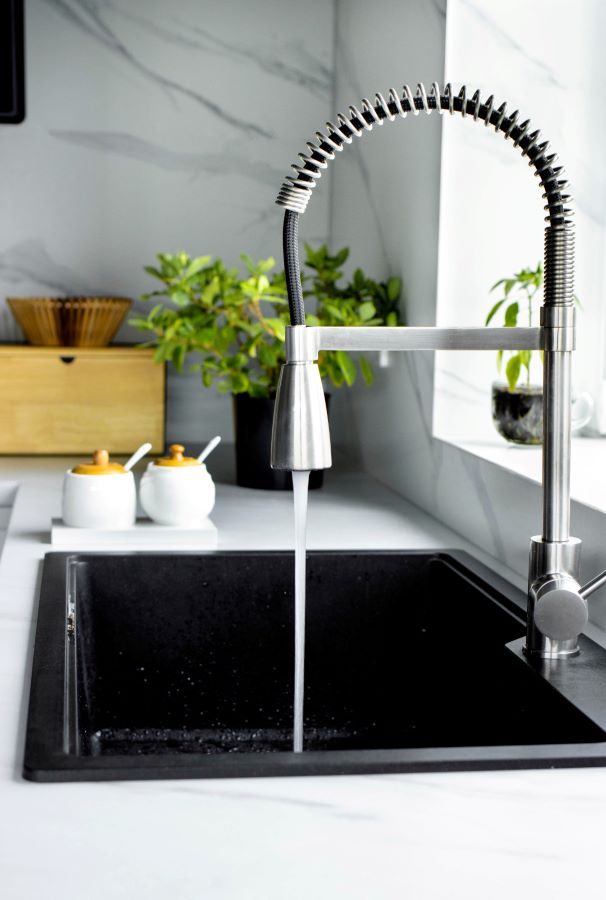
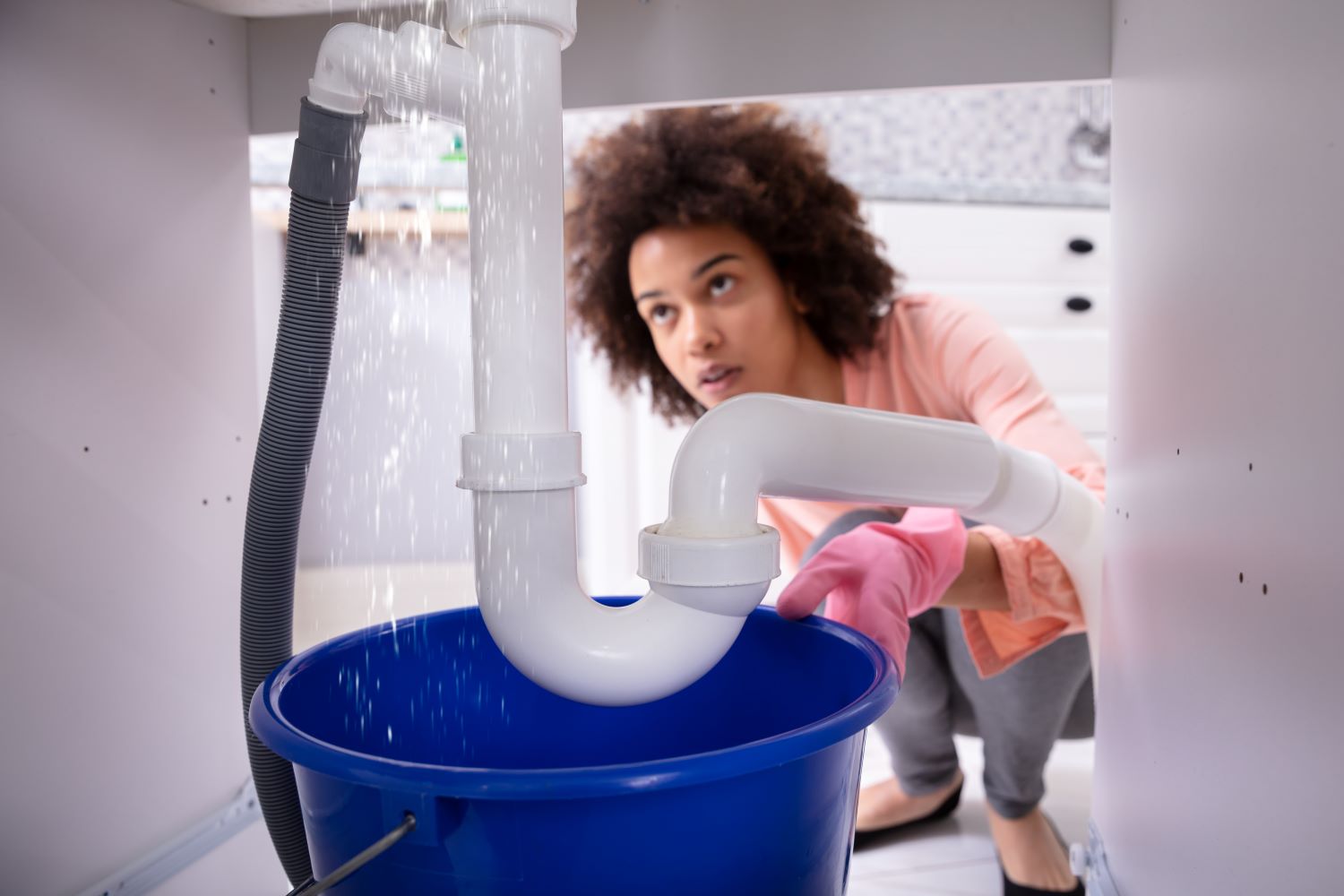
I have a water leak accompanied by high water bills, damaged appliances, and/or a running toilet.
Pipes are built to endure a variety of stresses, but high water pressure can cause them to burst or leak. To rule out (or avoid) an issue, our diagnostic testing will entail monitoring your household water pressure.Water is pooling near my appliance(s).
If you notice condensation on the appliance, it's likely caused by the deterioration or breakage of the rubber sealant around the appliance's connections. If the problem comes with water leaking from the supply line, it's likely caused by damaged or loose water connectors between your water supply and the appliance, possibly due to shifting or wear and tear. These causes can be tough to troubleshoot on your own, so give Mountain High Plumbing a call for help.My water has a bad smell, noticeable discoloration, or a bad taste.
Brass pipes typically have a lifespan of around 70 years, while galvanized steel pipes last approximately 20 years. As pipes and plumbing components age, they can degrade, corrode due to pH imbalances or mineral buildup, or develop rust. If these issues go unaddressed, you may eventually experience leaks, pipe damage, and other plumbing problems. That's why it's crucial to reach out to your trusted plumbing expert for assistance.I've noticed damage to my pipes or fixtures.
A fixture may develop a crack due to physical impact, necessitating prompt repairs.My water drains slowly or I have noticeable water supply issues.
Natural disasters like floods, earthquakes, and other calamities lead to ground movement and shifting. Pipes can consequently bend, separate, twist, or crack. When these situations occur, it's crucial to have your plumber conduct comprehensive inspections and necessary repairs.The Power of Hydro Jetting
Hydro jetting is an advanced plumbing technology that employs a specialized, high-pressure water hose for the thorough cleaning of your plumbing system. The process starts with an initial inspection utilizing state-of-the-art cameras to identify any pre-existing damage that might hinder the use of hydro jetting equipment. Once we confirm that your system is free of damage, we proceed with the hydro jetting service. This entails the expert positioning of the high-pressure hose and connecting it to a professional-grade water tank. The precise determination of the ideal insertion point for the hose is a meticulous step that should never be overlooked.
We embark on the task, harnessing the forces of gravity, a resilient hose, and a formidable surge of water. This efficient and synchronized effort propels water through your plumbing system at an impressive rate of around 20 gallons per minute. The rear-facing jets, along with the water's momentum, propel the nozzle through the pipes, while a forward-facing jet assists in dislodging debris. Hydro jetting stands as an exceptional method for eliminating mineral buildup, grease, tree roots, and any other waste that might pose issues in the future. When faced with a particularly stubborn clog, your trusted plumber is likely to recommend this technique to achieve the best possible results.
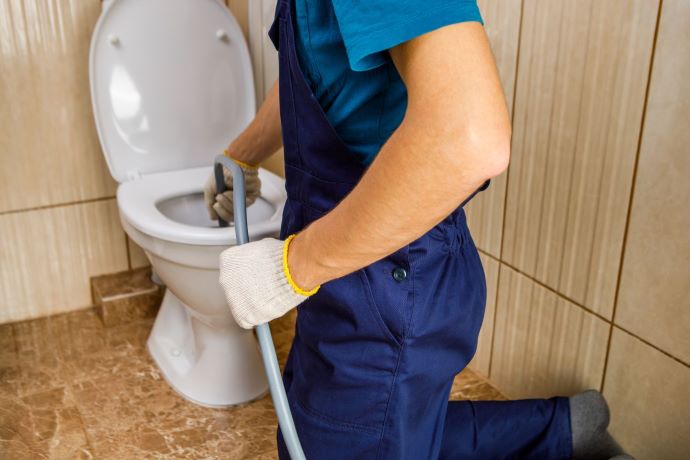
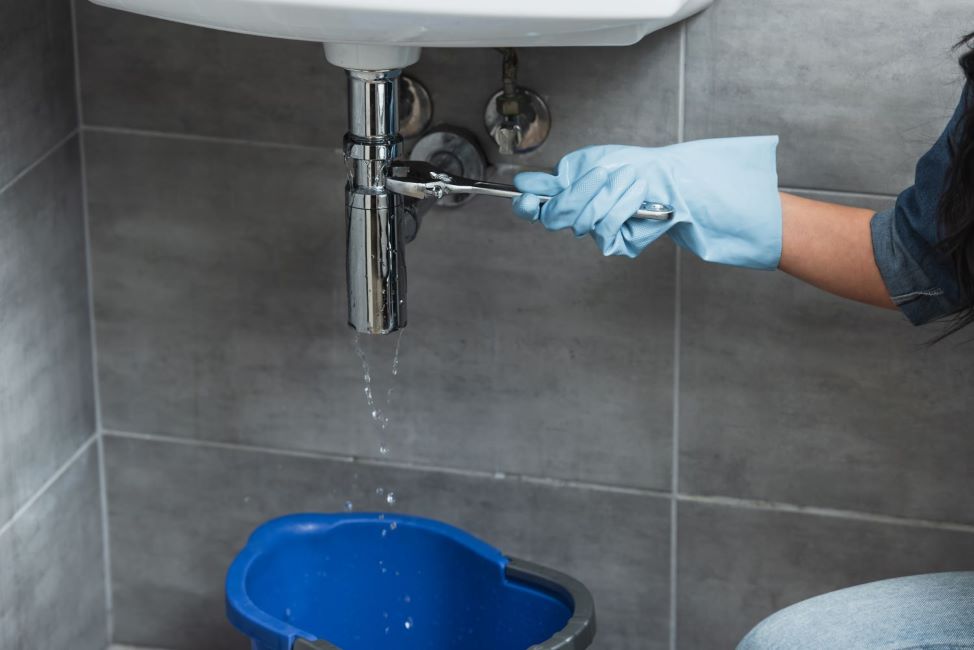
Dealing with Bathroom Sink Problems
Several common sink-related problems can be easily recognized, and the following statements may resonate with homeowners facing these issues.My faucet is dripping.
This issue is often caused by a damaged washer, general wear and tear, a faulty valve seat, a defective o-ring, or corrosion. Our experts will diagnose the issue and make prompt repairs as needed.My drain is clogged or slow.
Start by inspecting your drain stopper for any accumulation around the horizontal pivot rod beneath the drain opening. If the stopper appears fine, the issue is likely a clog, often triggered by hair or soap scum. For a proper diagnosis and repair, it's advisable to reach out to Mountain High Plumbing.My sink is smelly.
If you smell an odor that reminds you of rotten eggs, you likely have a microbial infection in the drain or the sink overflow passage. Typically, you can address these infections with a 3% hydrogen peroxide solution. If this does not remove the odor, please contact us.My drain stopper isn’t working.
Stoppers are essential as they facilitate the proper opening and closing of your drain. When a stopper is cracked or has a loose nut, it loses its functionality and should be replaced for optimal operation.My sink caulking is coming off.
Caulking can mold, crack, mildew, or peel over time as a result of ongoing water exposure. We recommend that you re-caulk every five years.Dealing with Water Pressure Problems
If any of these scenarios sound familiar, delve into the possible reasons behind your low water pressure by reading on.
Neighboring homes or businesses have the same water pressure problem I’m experiencing.
If this is the case, there is probably a problem with your water supplier. It's a good idea to get in touch with your water company to inform them about your concerns.
I’m only noticing a water pressure issue with a single fixture in my home.
If you only notice that one faucet or fixture has low water pressure, the fixture itself is the most likely source of the problem. A skilled plumber may need to clear any buildup or obstructions, or in some cases, replacing the faulty fixture might be necessary.
I’ve noticed wet spots or pooled water on my property.
Leaking pipes reroute water and cause low water pressure, so these symptoms reveal the need to contact Mountain High Plumbing before the problem worsens.
My area has changed the local water pressure regulations.
If you've contacted your water supplier and received confirmation of regulatory changes, talk to your plumber about installing a water pressure booster. Before installing your booster system, we'll thoroughly inspect your plumbing to guarantee there are no other issues.
My water pressure regulator has no reading or seems inaccurate.
You might want to use a water pressure gauge to obtain an accurate water pressure reading. If the reading on the gauge doesn't match that of the regulator, or if the regulator isn't registering any reading at all, it's likely that the regulator is malfunctioning. Don't hesitate to reach out to Mountain High Plumbing for expert help in diagnosing or replacing your pressure regulator.
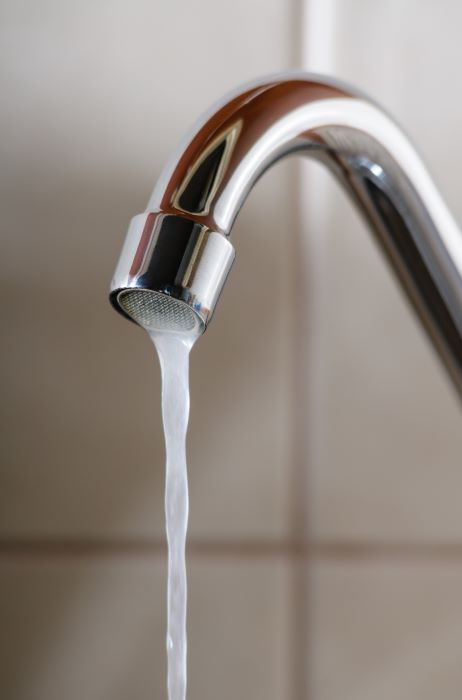
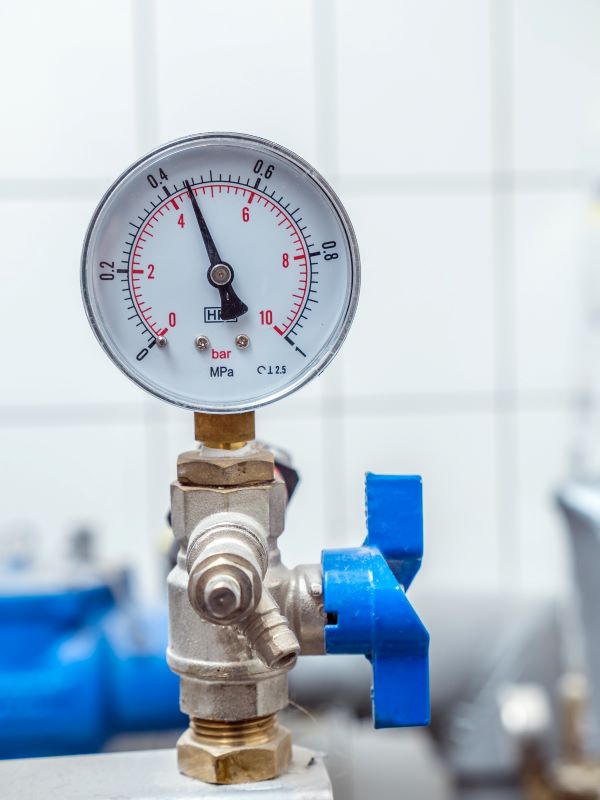
My area has changed the local water pressure regulations.
If you've contacted your water supplier and received confirmation of regulatory changes, talk to your plumber about installing a water pressure booster. Before installing your booster system, we'll thoroughly inspect your plumbing to guarantee there are no other issues.
My water pressure regulator has no reading or seems inaccurate.
You might want to use a water pressure gauge to obtain an accurate water pressure reading. If the reading on the gauge doesn't match that of the regulator, or if the regulator isn't registering any reading at all, it's likely that the regulator is malfunctioning. Don't hesitate to reach out to Mountain High Plumbing for expert help in diagnosing or replacing your pressure regulator.
My home has old pipes.
If your galvanized steel pipes are older than 20 years, copper pipes exceed 50 years, or brass pipes surpass 40 years, corrosion is the probable culprit behind your water pressure problem. We'll need to inspect the situation and may have to replace some of your pipes.
None of these statements apply to me, but I still have low water pressure.
If you’ve checked everything you can think of and you’re still having a water pressure issue, your water meter valve or main house shutoff valve may not be fully open. The water meter valve, which is owned by your local water utility, limits the amount of water that enters your property. The main house shutoff valve, usually located near the city supply pipe in your home, is equally important. If the main shutoff valve isn't the root of the problem, consider reaching out to the city to have your water meter valve inspected.
All About Gas Piping
Gas piping systems deliver natural gas to a property under pressure. The flow of natural gas moves through a network of pipes, traveling from high-pressure areas to lower-pressure ones. Along the way, it passes through a pressure regulator, enters your distribution system, and ultimately arrives at your home. This journey initiates on the mainlines and transitions to a service line, which is typically owned by gas utility companies. Everything beyond this point, on your property, becomes your responsibility. When you operate a gas stove or furnace, the gas pressure is slightly higher than the air pressure, enabling the heating unit to ignite. The most common gas piping materials are:Flexible Corrugated Stainless Steel Tubing
Easy to set up, flexible corrugated stainless steel tubing is better suited for indoor gas piping tasks due to its increased susceptibility to cracking. These flexible tubes prove advantageous in confined areas or disaster-prone zones.Galvanized Steel
Galvanized steel has become less common in modern construction and is predominantly found in older buildings due to its significant labor requirements. It is a durable and energy-efficient choice for piping and is frequently used for water supply, as well as for both interior and exterior gas lines.Copper
Notably, some localities have banned the usage of copper pipes outright. They have an average lifespan of about two decades and are subject to stringent code rules that limit their use in a variety of regions.PVC
Many plumbers prefer PVC gas pipes because they are inexpensive, but certain areas disallow their usage because they can break during installation. They are a budget-friendly choice for underground exterior pipelines, thanks to their resistance to corrosion and remarkable durability.Black Iron
This material is the top choice for both outdoor and indoor gas piping, renowned for its exceptional durability, strength, and resistance to heat, ensuring an airtight seal. However, black iron is susceptible to corrosion over time, and the applied sealant can degrade. If your gas system utilizes this material, routine maintenance is highly advisable.HDPE
Although this material is often harmed by natural, subsurface objects such as pebbles or tree roots, the plastic lines are flexible and inexpensive. Much like PVC, HDPE proves its worth as a reliable choice for buried exterior pipeline use.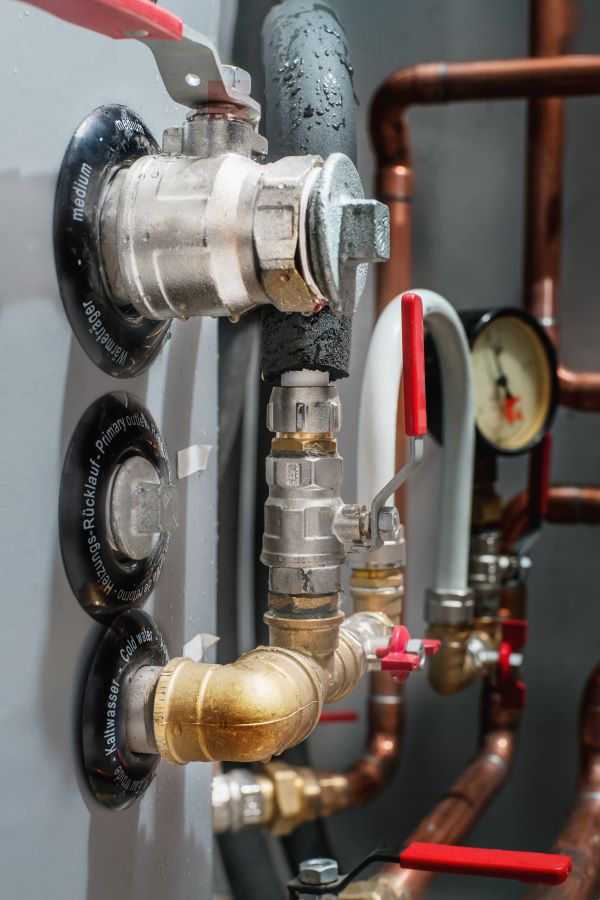
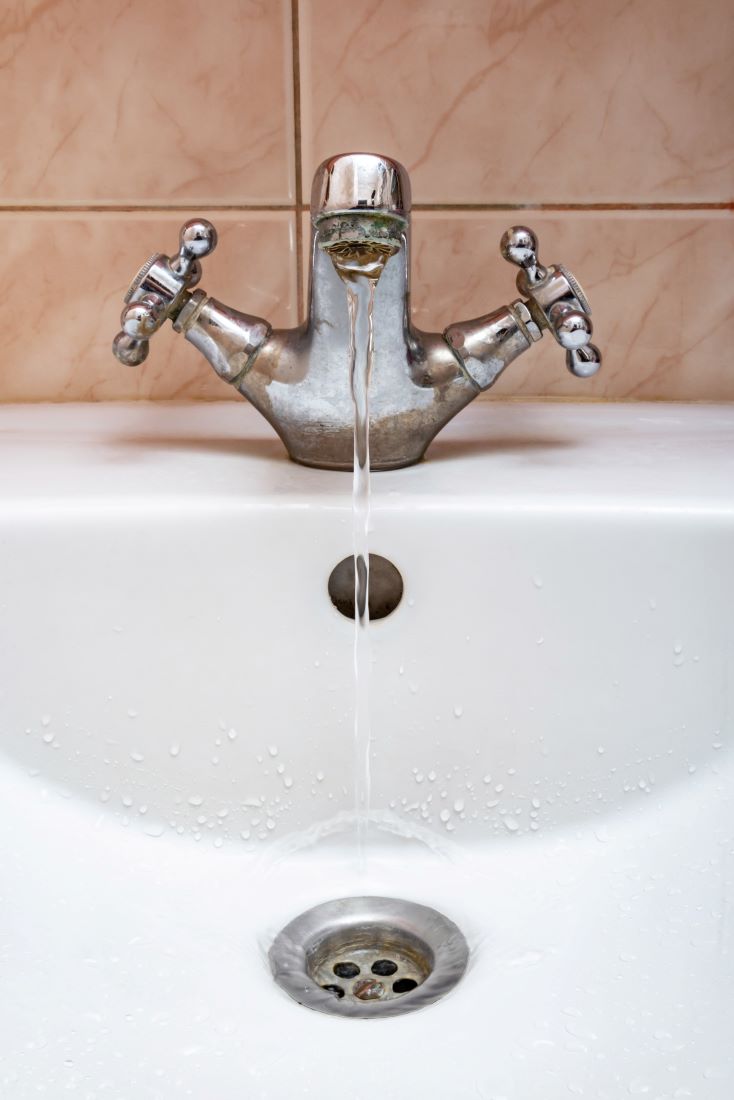
Dealing with Shower Problems
If any of the following conditions describe your situation, keep reading to learn about the most probable reasons.
My shower drain is stinky.
Bathrooms that are rarely used may develop odors due to gas escaping from the dry P-trap in the shower drain. In bathrooms used regularly, the problem could be related to sewer gas, mold, or bacteria. We can swiftly and effectively resolve these issues for you.
My shower drain is clogged.
Shower drains are frequently clogged by soap scum, foreign objects, hair accumulation, or even a more serious problem, such as a broken pipe. Our plumbing professionals advise against using drain cleaning chemicals since they can cause even more significant problems. Instead, use a plastic drain cleaning tool to remove the obstruction. If your personal efforts fail, we can assist with our expert tools.
My shower head is dripping.
Hard water often leads to the buildup of minerals such as calcium, silica, lime, magnesium, and others. This mineral accumulation can lead to clogs in your shower head, which are typically indicated by visible white lines. One solution to this issue is to soak the shower head in vinegar. On the other hand, problems with the shower head can also result from defective gaskets. If you require assistance with gasket replacement or any other tasks related to your shower head, please don't hesitate to reach out to us - we're here to help.
Dealing with Kitchen Problems
If you can relate to any of these scenarios, let's explore the possible causes behind them.
My sink is draining slowly.
Since kitchen drains are commonly obstructed by food debris, foreign items, grease, or soap scum, your reliable plumber may have to clear the blockage using a plumbing snake after accessing your drain trap.
My kitchen faucet is leaking.
Many kitchen faucets use a single-valve cartridge to manage the flow of both hot and cold water. If your faucet is dripping, this cartridge might need to be replaced.
There is a leak in the cabinet under my kitchen sink.
This type of leak is frequently caused by a faulty drain pipe joint. We've also observed instances where water supply connections fail, resulting in a water leak. Because hand-tightened fittings at connecting locations between water supply pipes and faucets may not be adequately secured, human error may be the primary cause. Splashed water may also be leaking into the cabinet below if your seals or caulking are worn or broken. We can assist you in troubleshooting and fixing any of these prevalent problems.

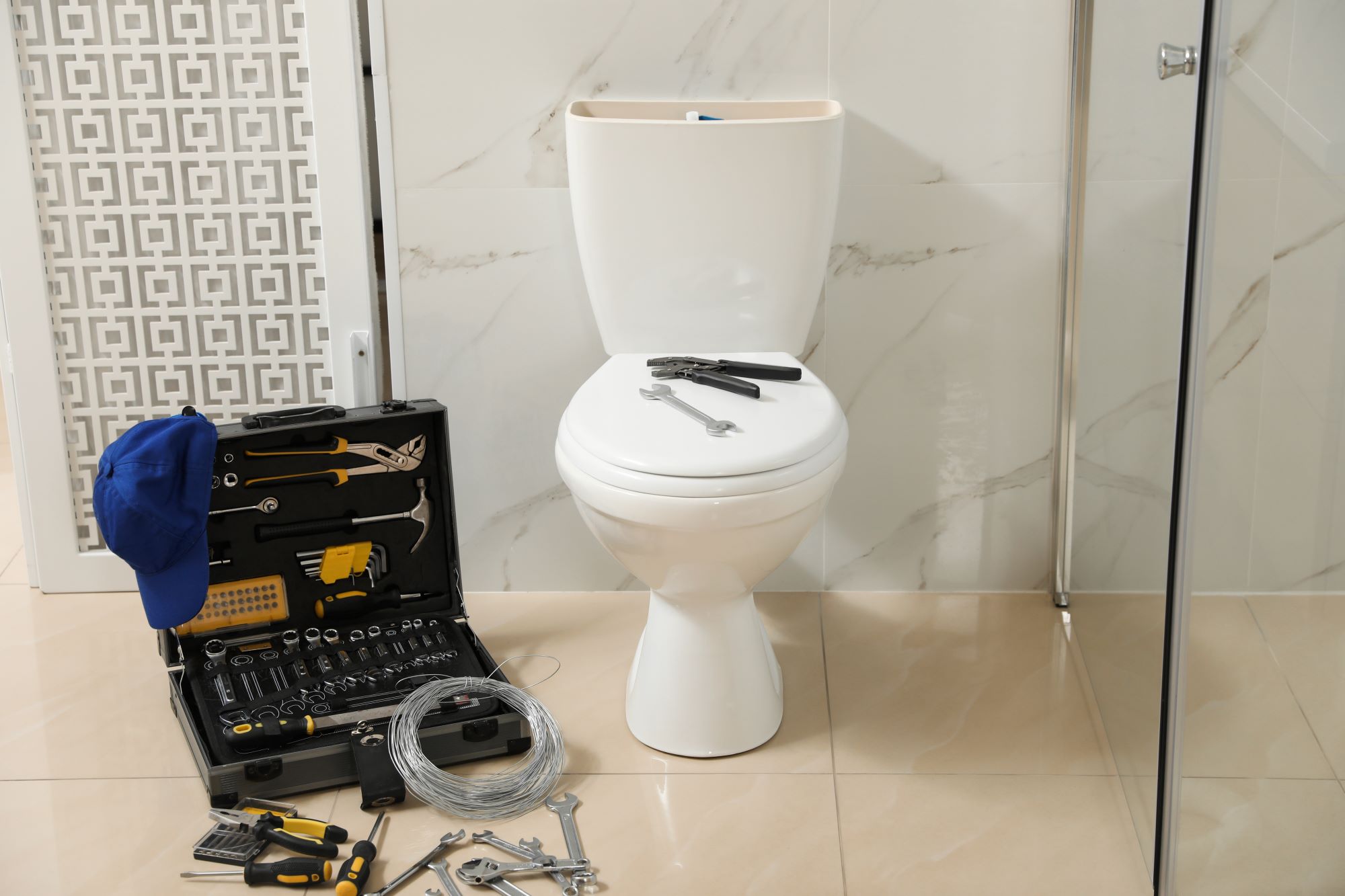
Dealing with Toilet Problems
Our local plumbers in Winslow are pleased to provide some professional advice for addressing prevalent toilet problems.
My toilet is clogged or flushes slowly.
Start by attempting to clear the clog with a plunger. If a plunger doesn't work, you may have a difficult clog that necessitates the use of a plumbing snake by a plumber. Over time, as a toilet accumulates debris, rust, lime, or calcium buildup, its flushing efficiency can diminish. This type of problem is resolved by having your Winslow plumbing contractor install a new toilet.
My toilet won't stop running.
A flush valve leak at the base of the toilet tank is possible. An askew or flawed fill valve may also be the culprit.
There is a leak around the base of my toilet.
If you notice water accumulating around the base of your toilet throughout the day or immediately after flushing, there is most likely a problem with your wax ring. We'll need to drain the toilet tank, remove the whole toilet, and swap out this ring, whether it's poorly fitted, worn, or malfunctioning. Some larger leaks may necessitate the installation of a new tank and toilet.
My toilet is overflowing.
If you are experiencing this issue, you should contact Mountain High Plumbing immediately for plumbing services. Turn off any valves that link the toilet pipe to the tank. If you can locate a valve connecting the toilet pipe to the tank, turn it off. If such a valve is not present, simply shut off your water supply until we arrive to assist. This issue indicates a plumbing vent obstruction, a full septic tank, a sewage concern, or a significant pipe blockage.
I need a new toilet installed.
Toilet installation is an ordinary occurrence for our skilled plumbers. We'll begin by removing your old toilet. We will put the toilet into place after inspecting the flange and installing a new wax ring. The toilet will then be bolted down and the other components, such as the seat, tank, and lid, will be installed. If you've picked a model with a bidet, electrical features, or other functions, we'll go above and beyond to install those as well. We never complete an installation without testing for leaks and ensuring a proper installation. Call us for one-piece, two-piece, waterless, dual-flush, gravity-fed, wall-hanging, comfort-height, pressure-assisted, or double-cyclone toilet installation!I have a water supply leak.
Indicators of this issue may include noisy pipes, reduced water pressure, water pooling, or a gradual rise in water bills. When you've turned off your water source, reach out to our plumbing service for assistance in preventing more severe and far-reaching complications.My toilet is leaking where the tank meets the toilet bowl.
If you observe this issue, your plumber will have to empty the tank, take it off, and replace a gasket.